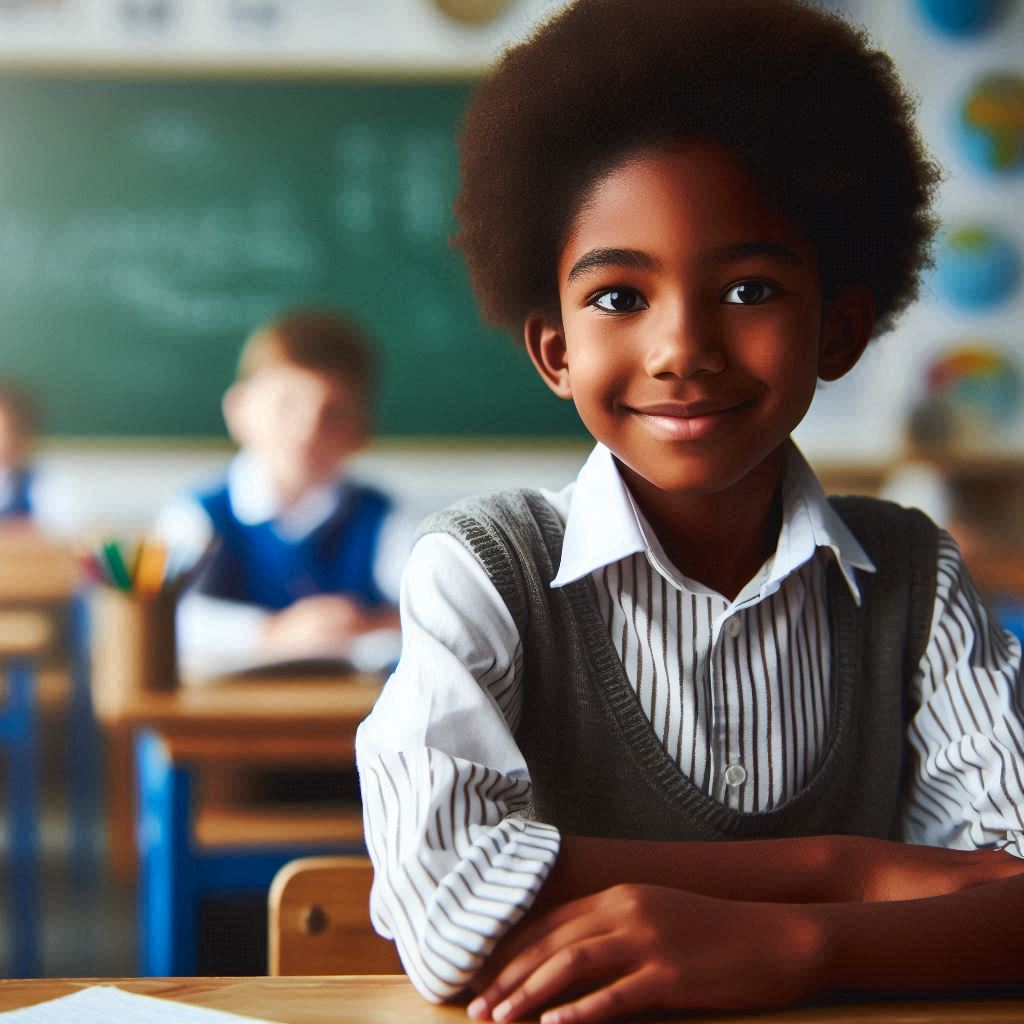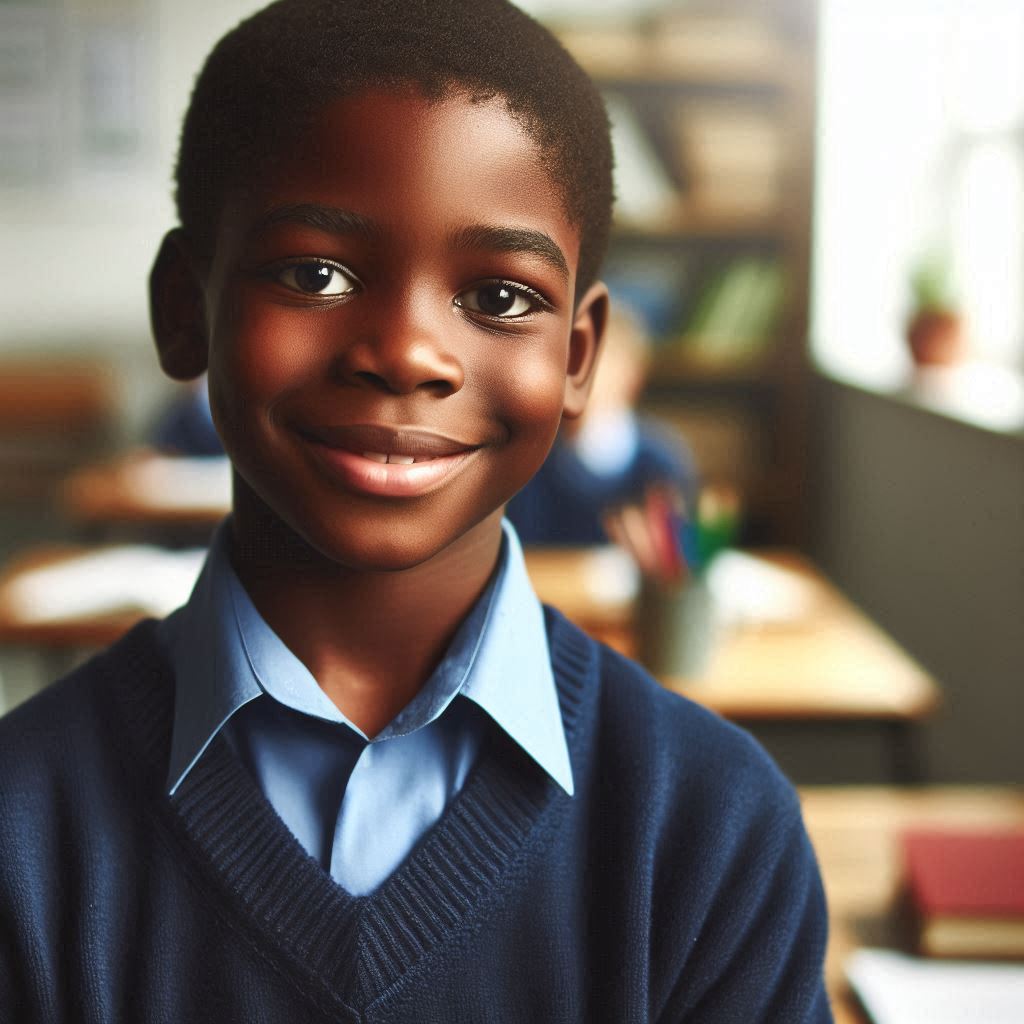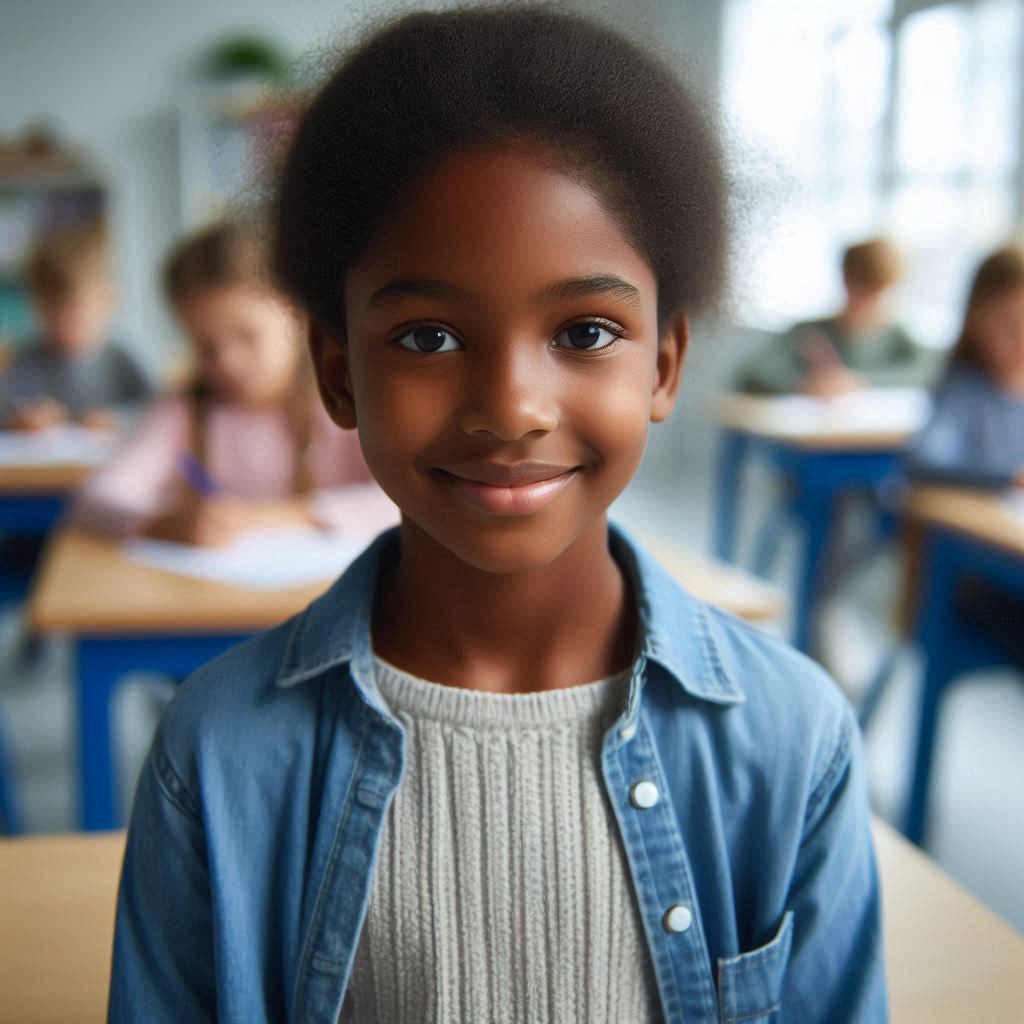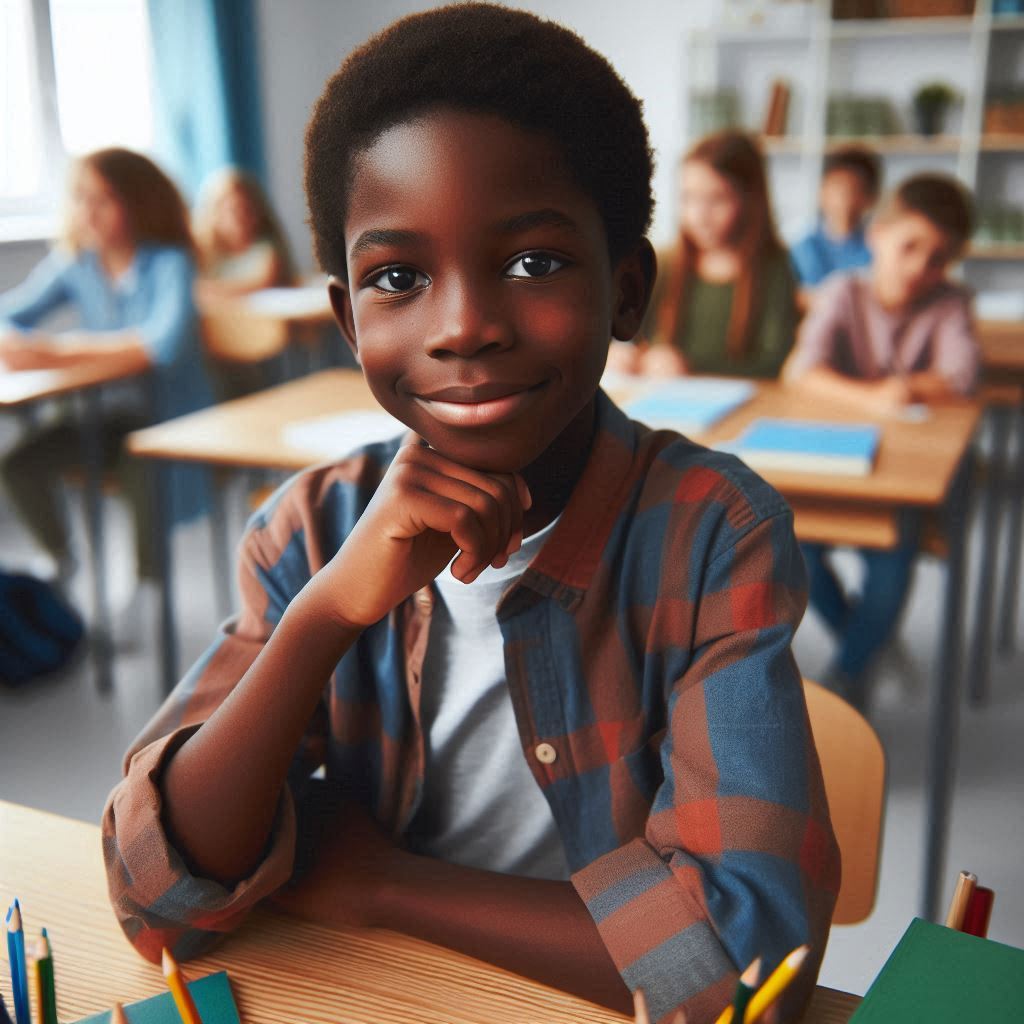Introduction
In primary schools, arts education encompasses visual arts, music, theater, and dance.
It goes beyond creativity to foster critical thinking and expression.
Integrating arts into the curriculum enhances cognitive skills, improves academic performance, and boosts self-confidence.
Children learn to communicate effectively, think outside the box, and collaborate with peers through artistic endeavors.
This holistic approach to learning nurtures empathy and cultural awareness, preparing students for a diverse society.
Thus, arts education in primary schools is not merely an extracurricular activity but a fundamental component of comprehensive education.
Importance of Arts Education in Primary Schools
Defining Arts Education in Primary Schools
Arts education in primary schools involves teaching children various forms of art, including visual arts, music, dance, and drama. It aims to develop creativity and artistic skills.
Arts education includes activities like drawing, painting, singing, playing instruments, acting, and dancing. These activities are designed to stimulate imagination and expression in young learners.
Importance of Incorporating Arts in the Curriculum
Incorporating arts in the curriculum is essential for a well-rounded education. Arts education fosters creativity, critical thinking, and problem-solving skills.
It enhances cognitive abilities and improves academic performance. Engaging in artistic activities helps children develop fine motor skills and hand-eye coordination. Arts education also promotes cultural awareness and appreciation.
Benefits of Arts Education for Children’s Development
Arts education offers numerous benefits for children’s development. These benefits impact various aspects of their growth and learning.
Cognitive Development
- Enhanced Creativity: Arts education stimulates imagination and encourages creative thinking.
- Improved Academic Performance: Studies show that children involved in arts perform better in subjects like math and reading.
- Critical Thinking: Art projects require planning and decision-making, which develop critical thinking skills.
Emotional Development
- Emotional Expression: Arts provide a safe outlet for children to express their emotions.
- Stress Relief: Engaging in creative activities can reduce stress and anxiety.
- Increased Self-Esteem: Completing art projects boosts confidence and self-esteem.
Social Development
- Collaboration Skills: Group art projects teach children how to work together and share ideas.
- Cultural Awareness: Arts education exposes children to different cultures and perspectives.
- Communication Skills: Participating in drama and music helps children develop better communication skills.
Physical Development
- Fine Motor Skills: Activities like drawing and painting improve fine motor skills.
- Coordination: Dance and movement activities enhance coordination and physical fitness.
- Spatial Awareness: Creating art helps children understand space and spatial relationships.
How Arts Education Benefits Children’s Development
Arts education benefits children’s development by fostering a wide range of skills. It enhances creativity and encourages children to think outside the box.
Artistic activities improve academic performance by reinforcing concepts learned in other subjects. Arts education also plays a crucial role in emotional development, providing an outlet for expression and stress relief.
Socially, arts education teaches collaboration and cultural awareness. Children learn to appreciate diverse perspectives and work effectively in teams.
Physically, arts education improves fine motor skills and coordination. Activities like dance and drawing help children develop better control over their movements.
Arts education in primary schools is vital for comprehensive child development. Incorporating arts into the curriculum fosters creativity, critical thinking, and emotional expression.
It enhances academic performance and social skills while promoting cultural awareness. Arts education supports physical development through activities that improve motor skills and coordination.
By integrating arts education into primary schools, we provide children with essential tools for lifelong learning and success. Emphasizing the importance of arts in education ensures a holistic approach to developing well-rounded, capable, and confident individuals.
Promotes creativity and innovation
How arts education helps children think creatively
Arts education helps children think creatively by encouraging them to explore different ideas and perspectives.
It provides a platform for students to experiment with various techniques and materials, allowing them to express their unique thoughts.
By engaging in artistic activities, kids learn to think outside the box, problem-solve creatively, and come up with original solutions.
Examples of how creativity can benefit children in different subjects
In mathematics, creative thinking can help students see patterns, make connections, and solve complex problems more effectively.
In science, creativity allows kids to hypothesize, experiment, and innovate, leading to groundbreaking discoveries and solutions.
Also, in language arts, creativity enhances storytelling, writing, and communication skills, fostering self-expression and emotional intelligence.
Read: Future of Nursery and Primary Education in Nigeria
Enhances cognitive skills
How arts education can improve cognitive abilities
When students participate in arts education, they are required to use their critical thinking skills to interpret and analyze different forms of art.
This process helps them develop problem-solving skills as they learn to think creatively and find innovative solutions to artistic challenges.
Develops critical thinking and problem-solving skills
Additionally, engaging in artistic activities such as drawing, painting, or playing a musical instrument can enhance memory retention and processing skills.
Students are required to remember sequences, patterns, and techniques, which can improve their ability to retain information and apply it in various contexts.
How arts education can improve memory retention and processing skills
Moreover, arts education encourages students to think outside the box and explore different perspectives, which can enhance their cognitive flexibility.
This ability to adapt to new situations and think creatively is essential for developing well-rounded individuals who can thrive in the ever-changing world.
In essence, arts education plays a crucial role in enhancing cognitive skills by fostering critical thinking, problem-solving, memory retention, and cognitive flexibility.
By incorporating arts education into primary schools, we can help students develop essential cognitive abilities that will benefit them throughout their lives.
Read: Managing School-Related Stress in Young Children

Fosters emotional intelligence
How arts education can help children express their emotions
Arts education is a vital channel for children to express their innermost feelings.
Through painting, drawing, or even drama, they learn to articulate emotions that words sometimes fail to capture.
This expressive outlet not only enhances their communication skills but also nurtures self-awareness and emotional resilience.
Encourages empathy and understanding of others’ perspectives
Engaging in arts like music and theater exposes children to diverse narratives and characters, prompting them to step into others’ shoes.
This firsthand experience cultivates empathy by encouraging them to see the world through different lenses.
They learn to appreciate viewpoints that differ from their own, fostering a more inclusive and compassionate attitude.
Transform Your Career with Expert Guidance
Get personalized mentorship consulting that’s tailored to your unique path. Our expert advice is actionable and exclusive.
Get StartedHow arts can be used as a form of therapy for emotional development
Art serves as a powerful therapeutic tool for emotional development in children.
Whether through dance, where movements embody feelings, or through visual arts, which provide a tangible outlet for inner turmoil, children can process and manage complex emotions effectively.
This creative expression not only alleviates stress but also builds confidence in handling difficult situations.
It equips them with lifelong coping mechanisms, enabling healthier emotional responses throughout their lives.
In fact, integrating arts education into primary school curricula goes beyond teaching creative skills.
It lays the foundation for emotional intelligence by offering children transformative experiences.
By fostering self-expression, empathy, and providing therapeutic benefits, arts education becomes indispensable in nurturing well-rounded individuals capable of navigating the complexities of emotions and relationships.
Read: How to Support Your Child’s Education at Home
Promotes cultural awareness and appreciation
How arts education can expose children to different cultures
Arts education plays a crucial role in exposing children to different cultures from around the world.
Through various art forms such as music, dance, and visual arts, students can learn about the traditions, beliefs, and values of different societies.
- Arts education introduces students to diverse cultural expressions.
- Children gain a better understanding of the world around them.
- Exposure to different cultures fosters empathy and tolerance.
Encourages respect and appreciation for diversity
Furthermore, arts education encourages respect and appreciation for diversity.
By immersing students in the artistic traditions of various cultures, they learn to celebrate differences and embrace multiculturalism.
- Students develop a sense of curiosity and open-mindedness towards others.
- Artistic exploration promotes a sense of inclusivity and acceptance.
- Children learn to value the richness of cultural diversity.
How arts can be used as a tool to bridge cultural gaps and promote unity
Moreover, the arts can be used as a powerful tool to bridge cultural gaps and promote unity.
Through collaborative art projects and performances that incorporate elements from different cultures, students can come together to create something meaningful and harmonious.
- Collaborative art projects facilitate cross-cultural interactions.
- Working together on artistic endeavors promotes teamwork and cooperation.
- Art can serve as a universal language that transcends cultural boundaries.
In short, arts education in primary schools not only enriches students’ creative abilities but also broadens their perspectives by exposing them to diverse cultures, fostering respect for diversity, and promoting unity across communities.
Read: Understanding Child Psychology for Better Education
Builds confidence and self-esteem
How arts education can boost children’s confidence and provides a platform for self-expression and self-discovery
Arts education plays a crucial role in boosting children’s confidence and self-esteem.
It provides a platform for self-expression and self-discovery, allowing children to explore their creativity and talents in a supportive environment.
Arts education encourages children to take risks and step out of their comfort zones, helping them overcome fears and insecurities.
Participating in arts activities allows children to showcase their unique perspectives and ideas, building a sense of accomplishment and pride in their work.
Through the process of creating art, children learn to trust their instincts and make decisions, which strengthens their confidence in their abilities.
Examples of How Participation in Arts Can Improve Self-Esteem
A shy and reserved student may discover their inner confidence while performing in a school play, gaining newfound self-assurance.
A child who struggles academically may find success and recognition in visual arts, boosting their self-esteem and sense of worth.
Creating art allows children to express their emotions and experiences, leading to a deeper understanding of themselves and their place in the world.
Overall, arts education provides a nurturing and empowering environment for children to develop their confidence and self-esteem, essential skills that will benefit them throughout their lives.
Conclusion
Arts education in primary schools is crucial for fostering creativity, critical thinking, and problem-solving skills.
By integrating arts into the curriculum, students are encouraged to express themselves and explore their unique talents.
Research has shown that arts education can improve academic performance and enhance social skills in children.
It is essential for schools and policymakers to prioritize arts education to ensure the holistic development of young learners.
Through arts education, children can develop a deeper appreciation for culture, history, and the world around them.
Therefore, it is imperative that schools continue to incorporate arts into their learning environments to nurture well-rounded individuals.
Let us advocate for the importance of arts education and encourage schools to provide enriching opportunities for all students.




